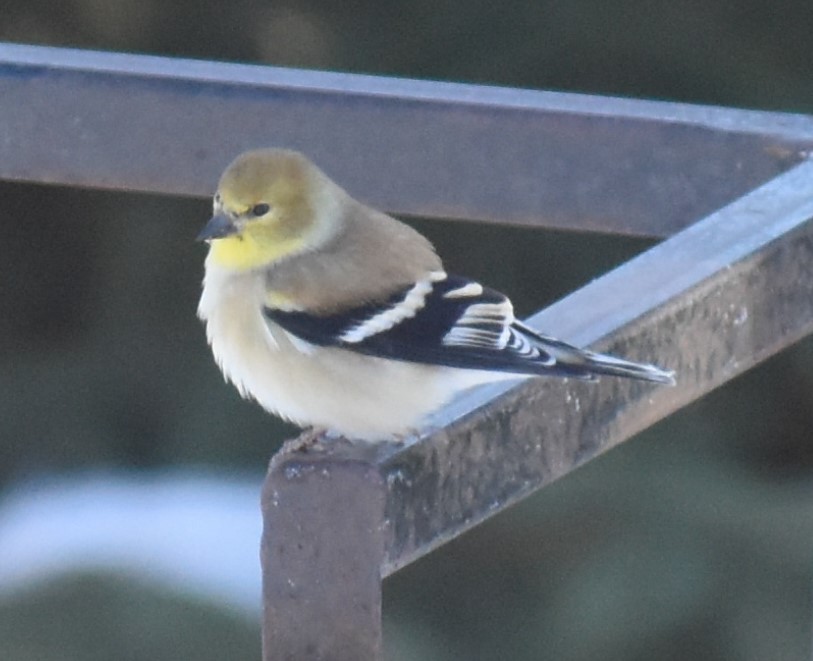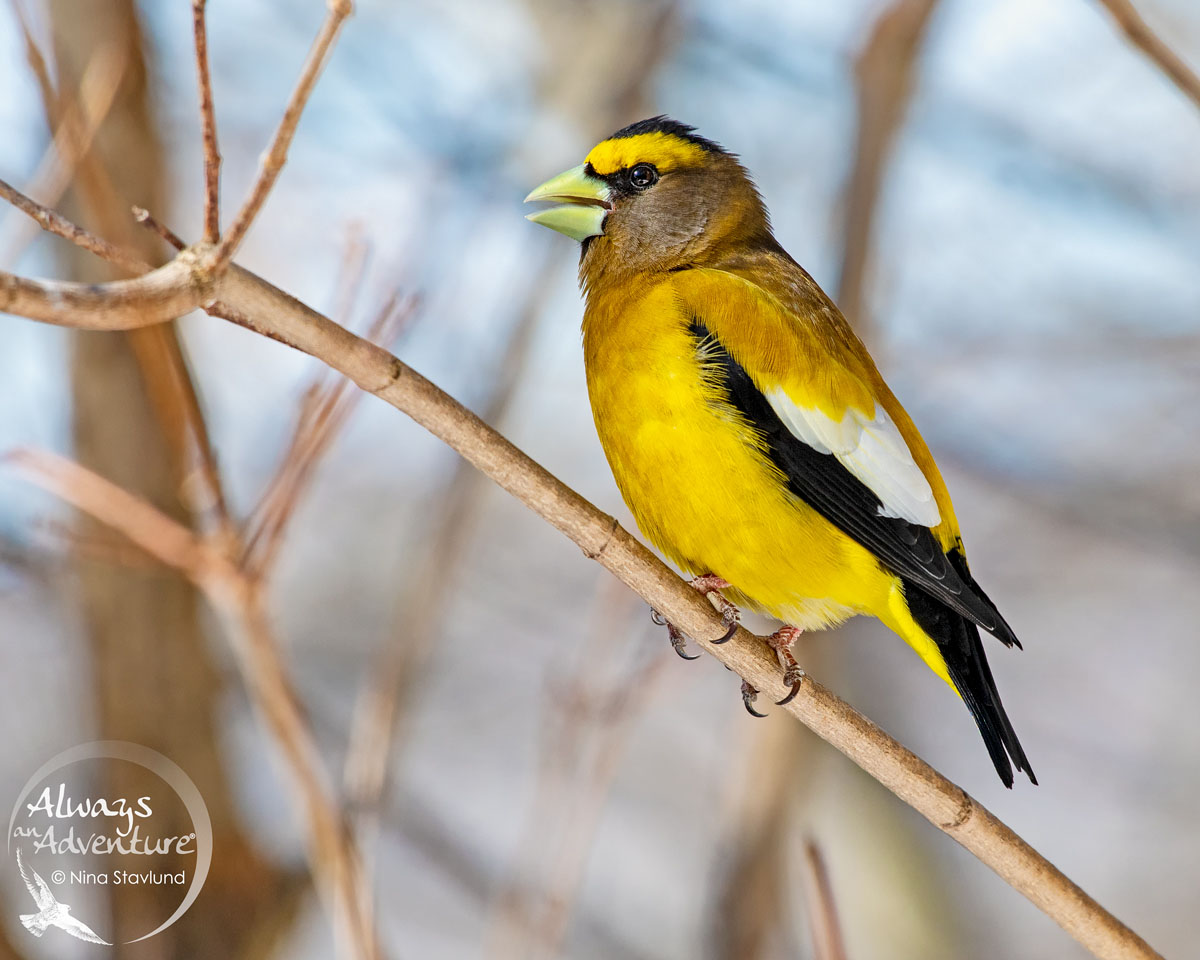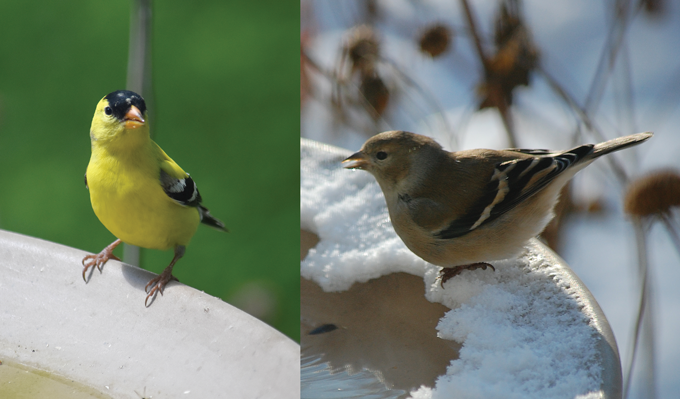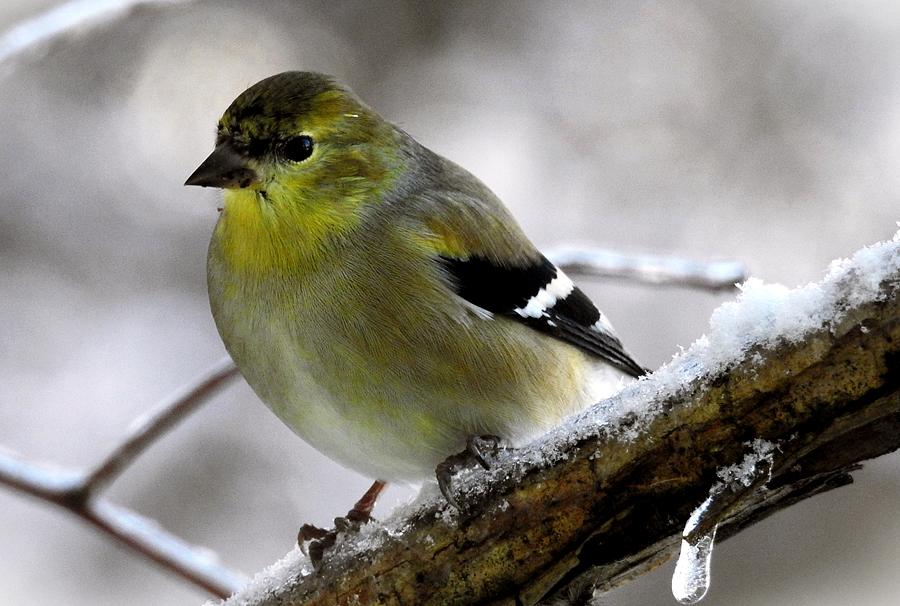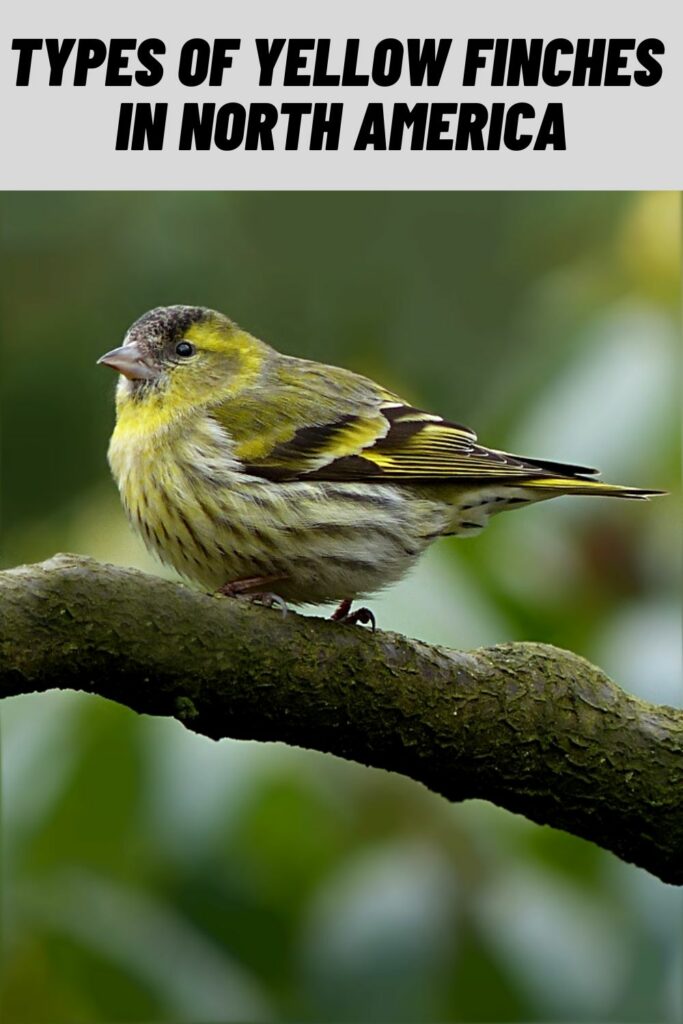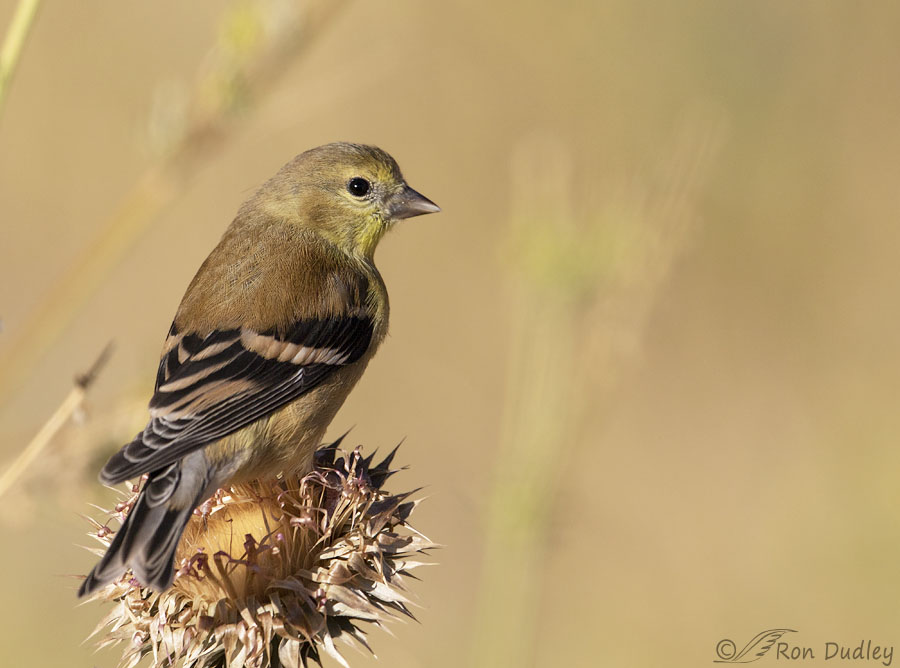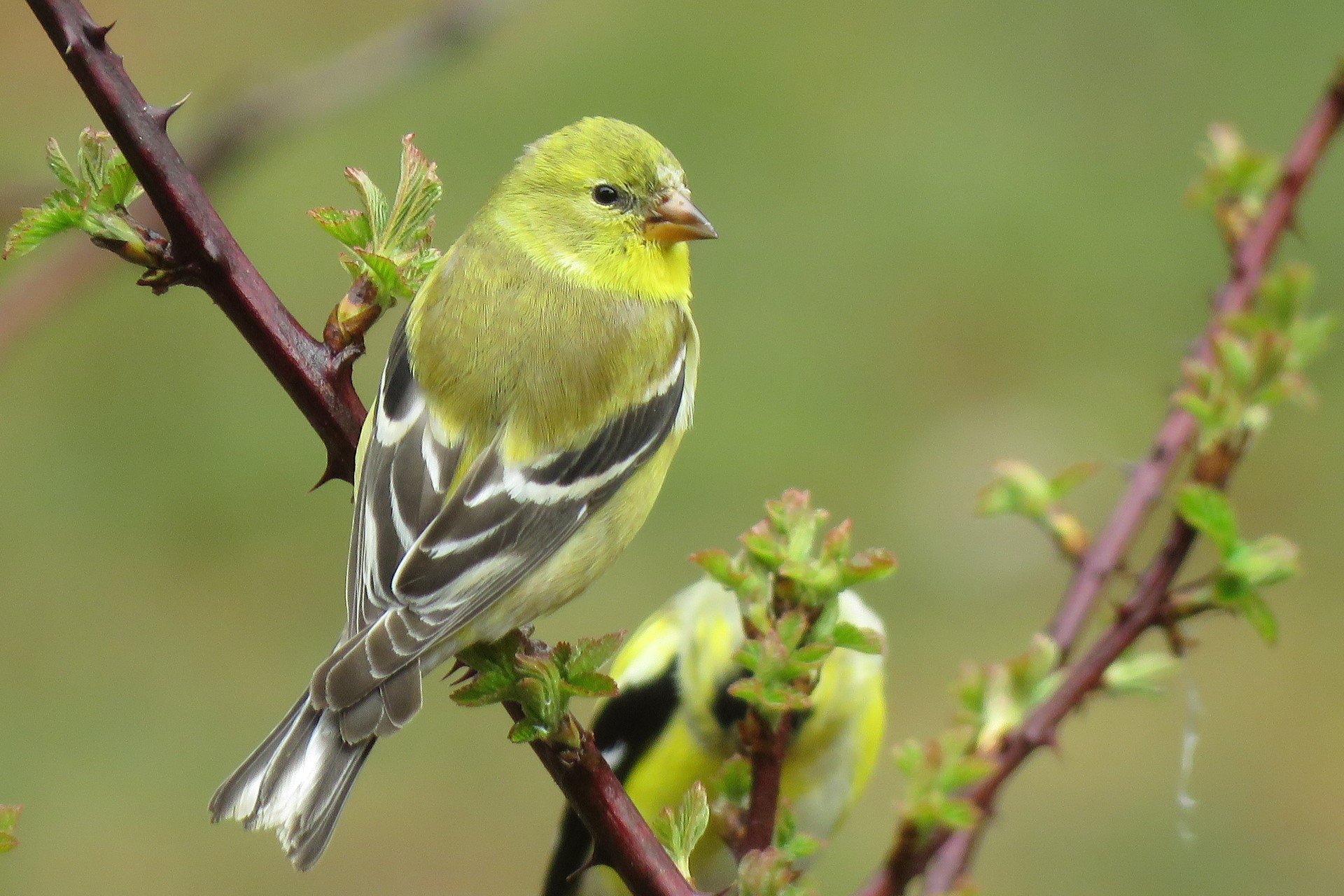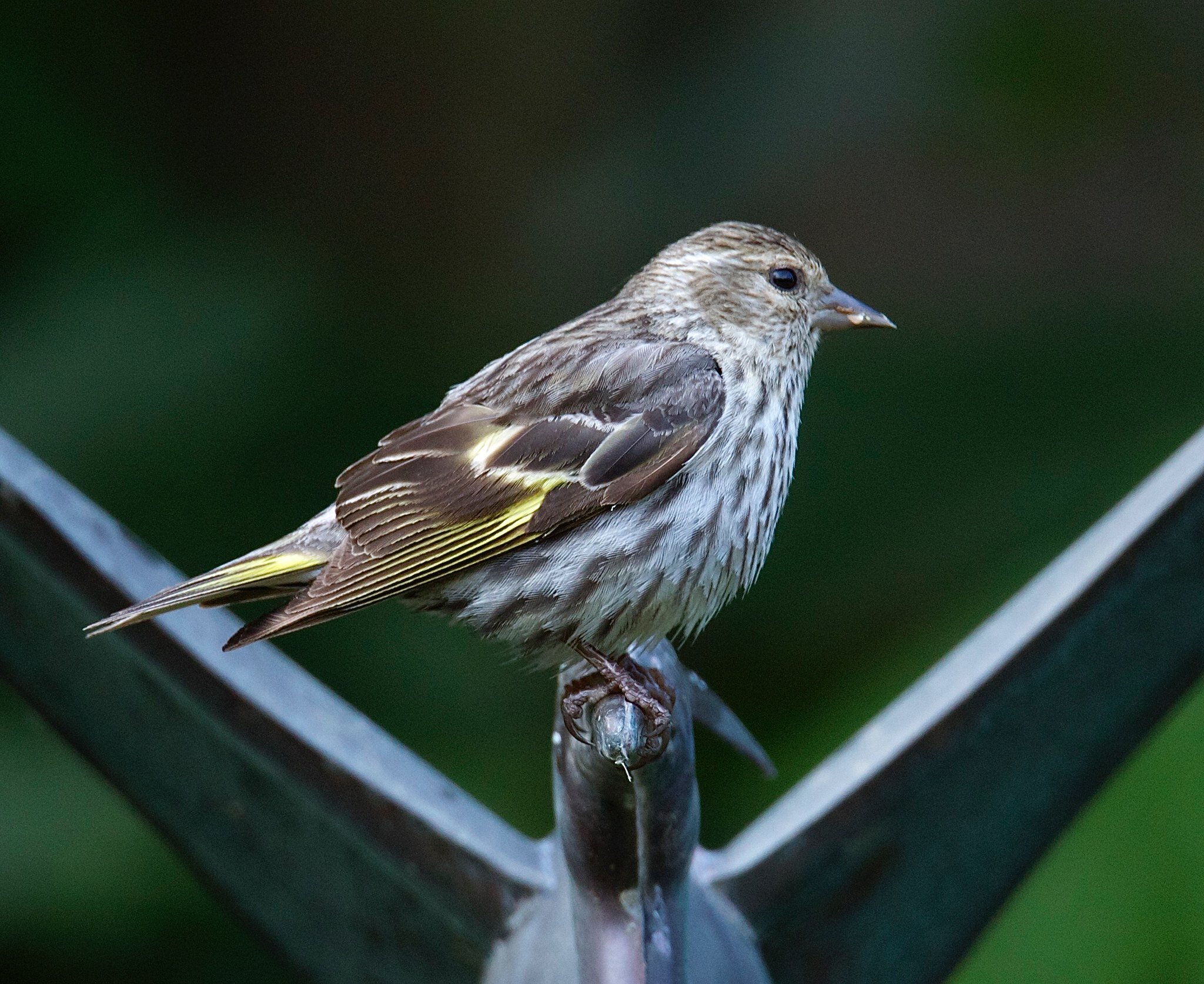Do Yellow Finches Change Color In The Winter

The vibrant flash of yellow that brightens summer days often fades in the winter months, leading many bird enthusiasts to wonder: do yellow finches change color during the colder seasons? The answer, while nuanced, is yes, though perhaps not in the way one might initially think.
This article explores the fascinating transformation of the American Goldfinch (Spinus tristis), the bird most commonly referred to as a yellow finch in North America, delving into the science behind their seasonal plumage shift and its implications for birdwatching and understanding avian adaptation.
The Subtle Shift: More Than Just Color
The American Goldfinch doesn't undergo a complete color metamorphosis like some other bird species. Instead, the male goldfinch experiences a molting process that results in a less vibrant appearance during the non-breeding season.
During the summer, the male boasts a bright yellow body and a striking black cap, a visual display essential for attracting a mate. However, as autumn approaches, the vibrant yellow feathers are gradually replaced with duller, brownish-olive feathers.
The black cap also becomes less prominent, often appearing mottled or completely disappearing altogether.
Understanding Molting: A Seasonal Necessity
Molting is a natural process for birds, involving the shedding of old feathers and the growth of new ones. This is an energy-intensive process, timed strategically to coincide with periods of relative resource abundance and reduced stress, such as after the breeding season.
For the American Goldfinch, the molting process is unique in that it occurs twice a year: once in late summer/early fall (resulting in the winter plumage) and again in late winter/early spring (returning them to their breeding plumage).
The winter plumage provides camouflage, helping the finches blend in with their surroundings and avoid predation in the stark winter landscape.
Females and Juveniles: A Different Shade
While the male goldfinch undergoes a noticeable color change, the female's plumage remains relatively consistent throughout the year. She maintains a more subdued yellowish-olive color, although her plumage might also appear slightly duller in the winter.
Juvenile goldfinches, after fledging, also resemble the female in coloration, lacking the bright yellow plumage of the breeding male. They acquire their adult plumage during their first molt.
Therefore, spotting a brightly colored yellow finch in winter is less likely than seeing one with a more muted tone.
Where and When to Observe This Transformation
The American Goldfinch is widely distributed across North America, from southern Canada to the southern United States. They are particularly common in weedy fields, open woodlands, and suburban gardens.
Birdwatchers can observe the molting process beginning in late summer and continuing through the fall. The transition back to the vibrant breeding plumage starts in late winter and early spring.
Paying attention to the subtle changes in feather color and pattern can be a rewarding aspect of winter birdwatching.
The Significance of Seasonal Plumage Changes
The American Goldfinch's seasonal plumage change highlights the remarkable adaptability of birds to their environment. The duller winter plumage provides crucial camouflage, increasing their chances of survival during a challenging season.
The vibrant breeding plumage, on the other hand, plays a critical role in attracting mates and ensuring reproductive success. The molt cycle demonstrates how a bird's appearance can be intrinsically linked to its behavior and survival.
Understanding these adaptations provides valuable insights into the ecological pressures that shape avian evolution.
Impact on Birdwatching and Conservation
The knowledge that yellow finches change color in the winter can enhance the birdwatching experience. Rather than being disappointed by the absence of bright yellow birds, observers can appreciate the subtle beauty of their winter plumage and the fascinating process of molting.
Furthermore, awareness of the American Goldfinch's habitat preferences and seasonal behaviors can contribute to conservation efforts. Protecting weedy fields and providing native plants that produce seeds, their primary food source, can support healthy goldfinch populations.
Supporting initiatives that promote bird-friendly habitats and responsible bird feeding practices can have a positive impact on the long-term survival of these delightful birds.
In conclusion, while the vibrant summer yellow of the American Goldfinch may fade in winter, the subtle transformation they undergo is a testament to their remarkable adaptation and resilience. By understanding this seasonal shift, we can appreciate the beauty of nature in all its forms and contribute to the conservation of these fascinating creatures.
